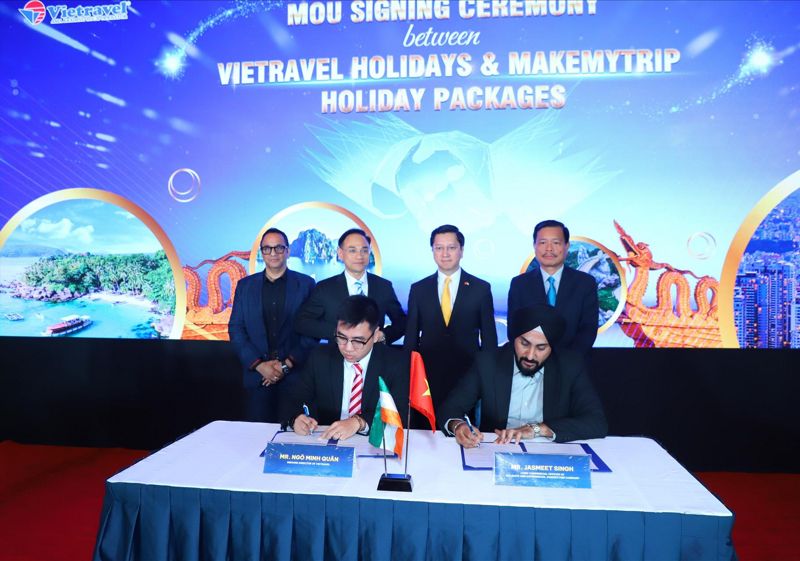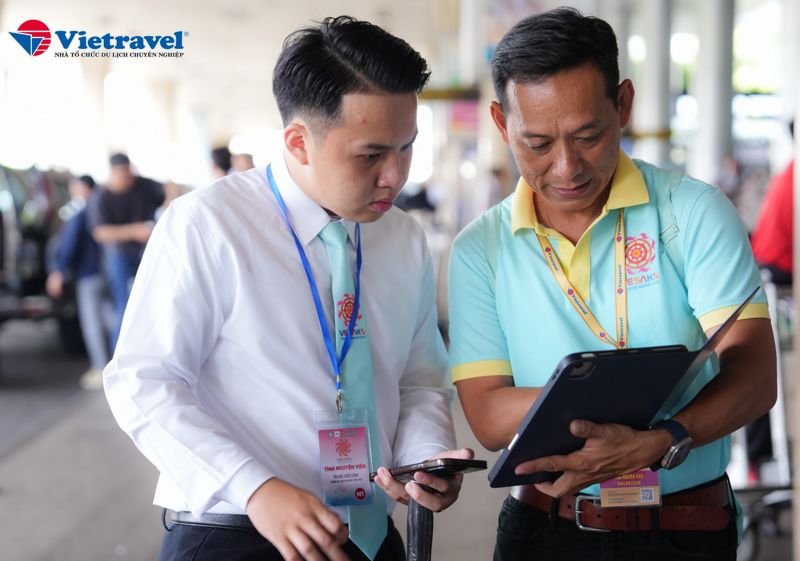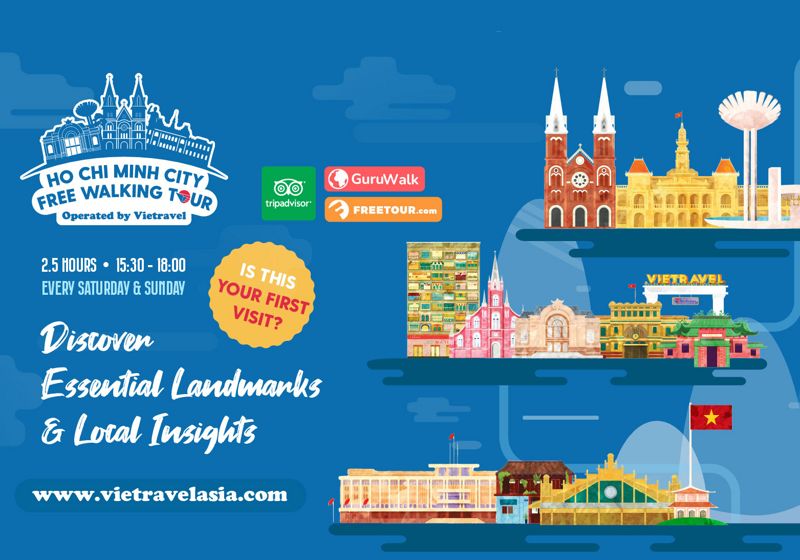
Being one of the most attractive tourism destinations of the country, Sapa is a precious gift that Mother Nature dedicates to Vietnam.
Location

Sapa is a beautiful, mountainous town in Lao Cai Province. Located in north-western Vietnam about 350 kilometers from Ha Noi, Sapa is one of the most scenic places in the country. At 1,650 meters in height, the town of Sapa is nestled in a valley surrounded by the Hoang Lien Son mountains. The city also looks up at the country’s highest peak, the imposing Mount Fansipan. If you’re up for it, you can get a local guide to take you the top. It’s not the easiest trek but the view from the summit (3,143 meters/10,312 feet) is absolutely worth it.
Area: 24.02 km2 (9.27 sq mi)
Population: 8,975 (2009)
Density: 373.6/km2 (968/sq mi)
Overview

Sapa is famous for its landscapes of verdant rice paddies, rolling hills, Vietnam’s highest mountain, and trails in overgrown valleys. Sapa travel is a journey through time and space compared to the rest of Vietnam: stunning rice terraces appearing on what would otherwise be described as cliffs, comparatively frigid winter temperatures, the distinct dialect of the hill tribes, traditional batik handicrafts and a magical overnight train to get there. The list of what makes Sapa travel unique is almost endless.
Sapa’s rolling rice fields and refreshingly cool climate are a world away from the bustling metropolises of Hanoi or Ho Chi Minh City.
History

Originally, the town we know as Sapa today was founded by the French in the very beginning of the 20th century. They used it as a hill station in the summer to escape the heat of Ha Noi and enjoy the clean air and beautiful views of surrounding mountains.Due to the independence movement in the 1940s, the city was heavily bombed and nothing was left but ruins. Only in the 1990s did Sapa start to see new infrastructure with the goal of attracting visitors again.
Going through many ups and downs, today, these efforts are paying off. Sapa is once again the number one destination for hikers and trekkers wanting to explore Vietnam’s beautiful countryside, learn more about local culture and customs, and get to meet and interact with members of the famed hill tribes.
Sapa - fairy home of ethnic minorities

There is nowhere in Vietnam tourists can easily meet the local ethnic minorities like in Sapa. The district is the home of a great diversity of ethnic people, including five main groups of Black H'mong, Red Dao, Tay, Giay and Xa Pho. They do not live in center area but in hamlets scattering on the valleys throughout Sapa district. Actually, not until the 20th century did a majority of the ethnic people changed to sedentary lifestyle with intensive farming method on sloping terraces, instead of slash-and-burn culture like in the past. Town of Sapa is where ethnic minority people gather, trade or sell their farming products such as rice, corn, fruits, as well as handicrafts and souvenirs to tourists. There is one interesting fact about ethnic minority people in Sapa that besides their dialects, many of them, especially small children, can speak English pretty well with clear pronunciation.
Spending time visiting ethnic minorities’ villages, observing their daily’s activities or even living homestay, in order to understand more about their culture is now the top priority of visitors, especially international ones. A trip to Sapa would definitely more meaningful with participatory activities, such as learning to make handicrafts or helping the local with farm work! In case time does not allow, you can always hire a local guide for your trekking routes. Chances are these boys and girls will tell you lovely stories about their traditions, their lives or even ask you to join their family activities.
Culture

The culture of the locals in Sapa bases on their beliefs and it also shows in the local festivals and traditional architecture or handicraft; their activities and their funeral or marriages of the daily life.
The traditions of the Black Hmong People

The Black Hmong people are an ethnic minority group native to Vietnam. When one member falls ill, there is one peculiar traditional remedy chosen to help relieve any pain; the base of a cow or ox horn is heated to a high temperature and is then used to burn the skin on the patient’s forehead. This unusual practice is said to divert all thoughts away from the illness by redirecting them to the more apparent and searing pain in the head. It is the remnants of these burns which give the Hmong people the characteristic red marks on their foreheads.
The different Hmong groups
The lineages of the Hmong people are difficult to trace because they’ve been handed down orally, but there remains a rich diversity to the communities that co-exist today. The easiest way to distinguish between them are the colors of their clothing. The groups – the Black, Striped, White, Leng and Green, among others – also have their own customs and traditions, which are more apparent during festivals and weddings.
Indigo clothing
The Hmong ethnic groups are one of the few societies in the country who continue to make the majority of the clothes that they wear. Hemp is commonly used to produce the clothing, and many of the designs feature fine embroidery and elaborate patterns. The secret behind the distinctively deep shades of blue exhibited by many of the garments is the use of the indigo plant. Dye is extracted from the plant’s leaves, and they are then fermented to produce a blue powder which is insoluble in water. Blue dyes were once rare, but thanks to this practice much western clothing can incorporate rich blue hues too.
Tourism and the Hmong

As Vietnam has opened its borders to the surge of global travel, the Hmong people in Vietnam have shifted a large part of their economy from agriculture to tourism. The markets in places like Sapa, Lao Cai and Ha Giang are a colorful sea of handcrafted garments and jewellery, and homestays bring in many curious foreigners who want an inside look at a Hmong community. For the Hmong people, they’re simply adapting to the world around them, much the same as they always have.
Languages
Many of the ethnic minorities in Sapa and the surrounding areas do not speak Vietnamese as their first language. They communicate using their own languages and dialects, including the ‘Sapa language’. The Sapa language is supposedly the closest relative of the southwestern Thai languages, and is just one of the many indigenous languages which can be found in different regions throughout Vietnam.
When to go to Sapa

Sapa weather in brief:
With the temperature ranging from the lowest of -1˚C to the highest of 29˚C, Sapa’s climate is moderate and drizzly in summer while chill and foggy in winter.
March – May: perfect weather – warm and dry – for trekking and outdoors activities
June – September: rainy weather and crowded with Vietnamese tourists
Late – September – mid- December: cool dry weather – perfect for photos and trekking
Mid-December – February: harsh winter but few tourists – perfect for people watching
Keep in mind though that Sapa is famous for going through “four seasons in one day”: chilly mornings, warm days, windy, cool afternoons, and cold nights.
If you come in the springtime, you will witness the mountains waking from their winter sleep. Fields and hills will be green and full of flowers. Many Vietnamese people even travel to Sapa after the Lunar New Year to enjoy the local season of cherry blossoms! Autumn is also a great time to visit as this is when the rice fields are ready for harvesting, weaving through the valleys like golden ribbons. Needless to say, this is an absolutely priceless view.
Source Internet


